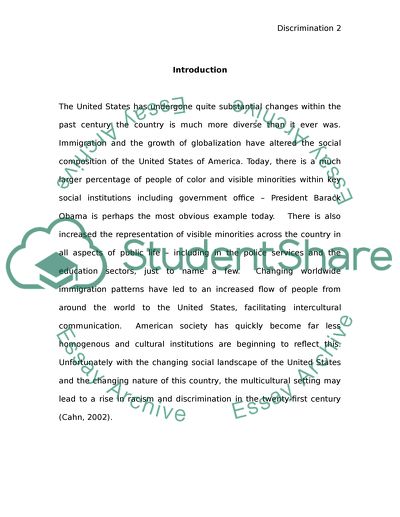Cite this document
(Discrimination as a Pervasive Aspect of Modern Western Society Coursework, n.d.)
Discrimination as a Pervasive Aspect of Modern Western Society Coursework. https://studentshare.org/sociology/1558618-descrimination
Discrimination as a Pervasive Aspect of Modern Western Society Coursework. https://studentshare.org/sociology/1558618-descrimination
(Discrimination As a Pervasive Aspect of Modern Western Society Coursework)
Discrimination As a Pervasive Aspect of Modern Western Society Coursework. https://studentshare.org/sociology/1558618-descrimination.
Discrimination As a Pervasive Aspect of Modern Western Society Coursework. https://studentshare.org/sociology/1558618-descrimination.
“Discrimination As a Pervasive Aspect of Modern Western Society Coursework”. https://studentshare.org/sociology/1558618-descrimination.


